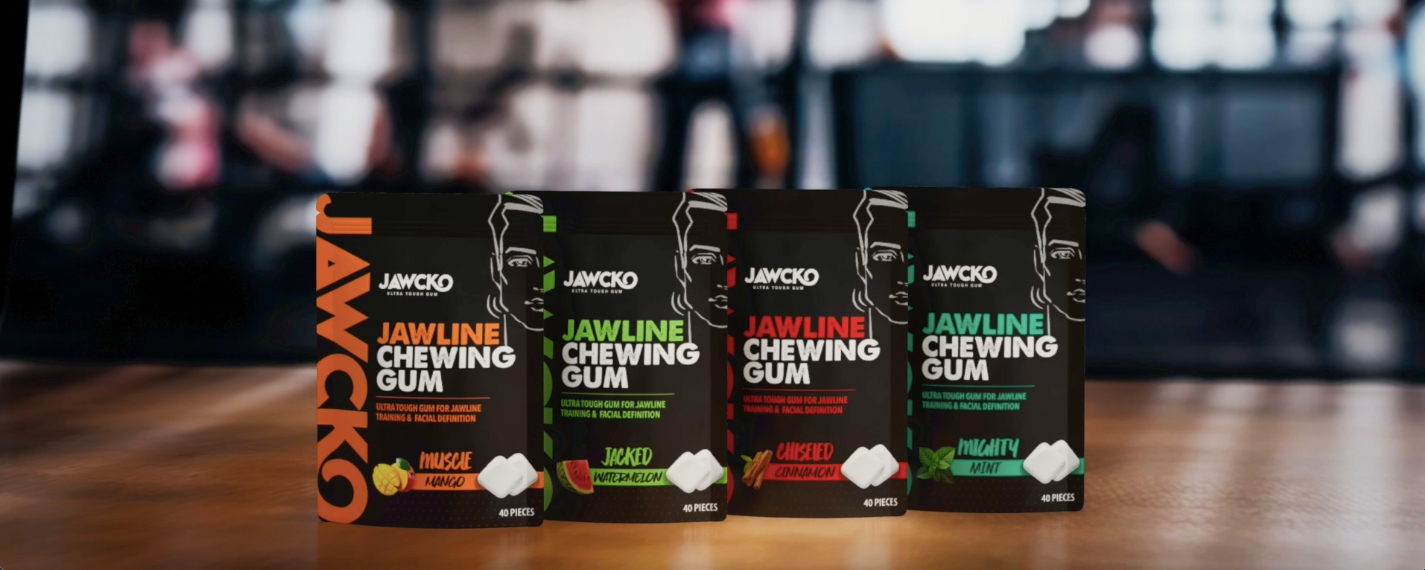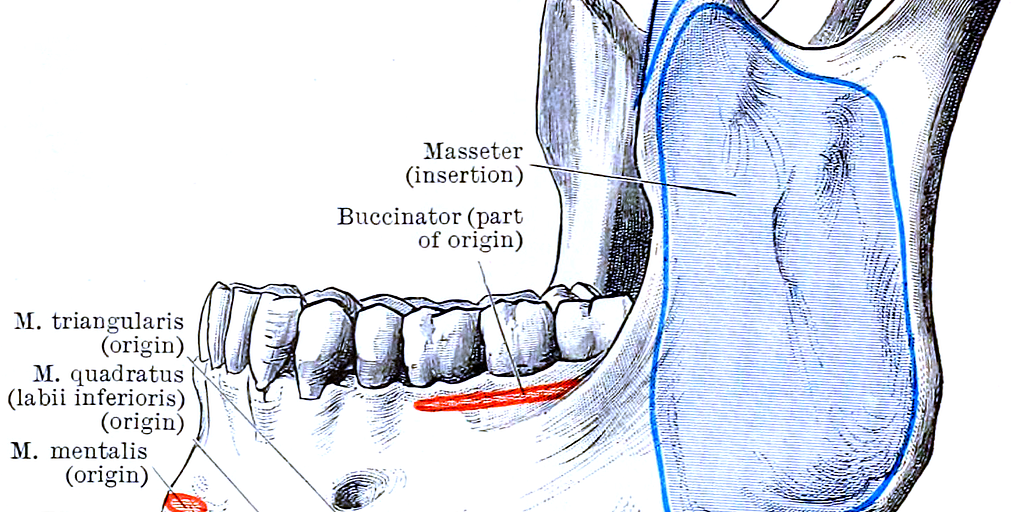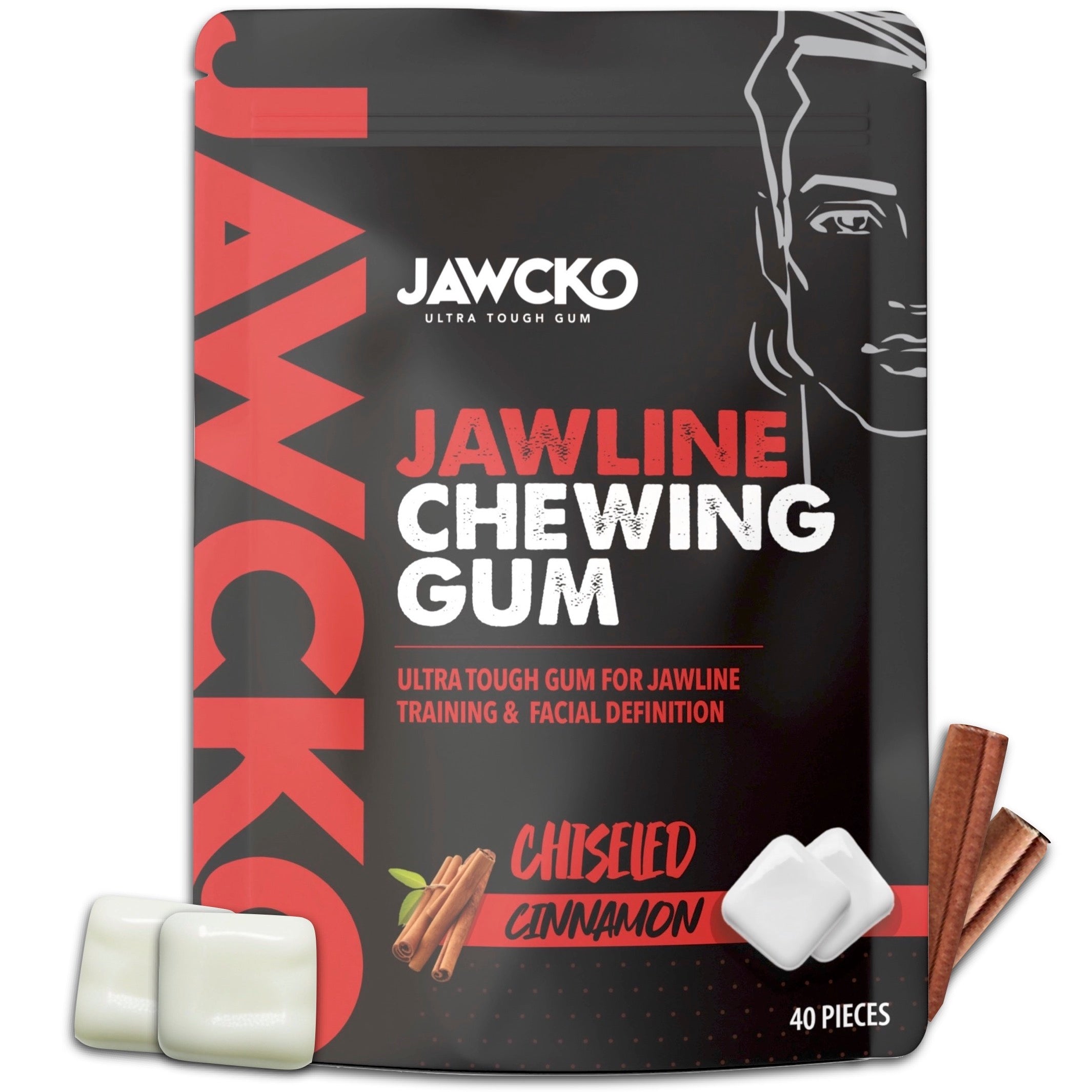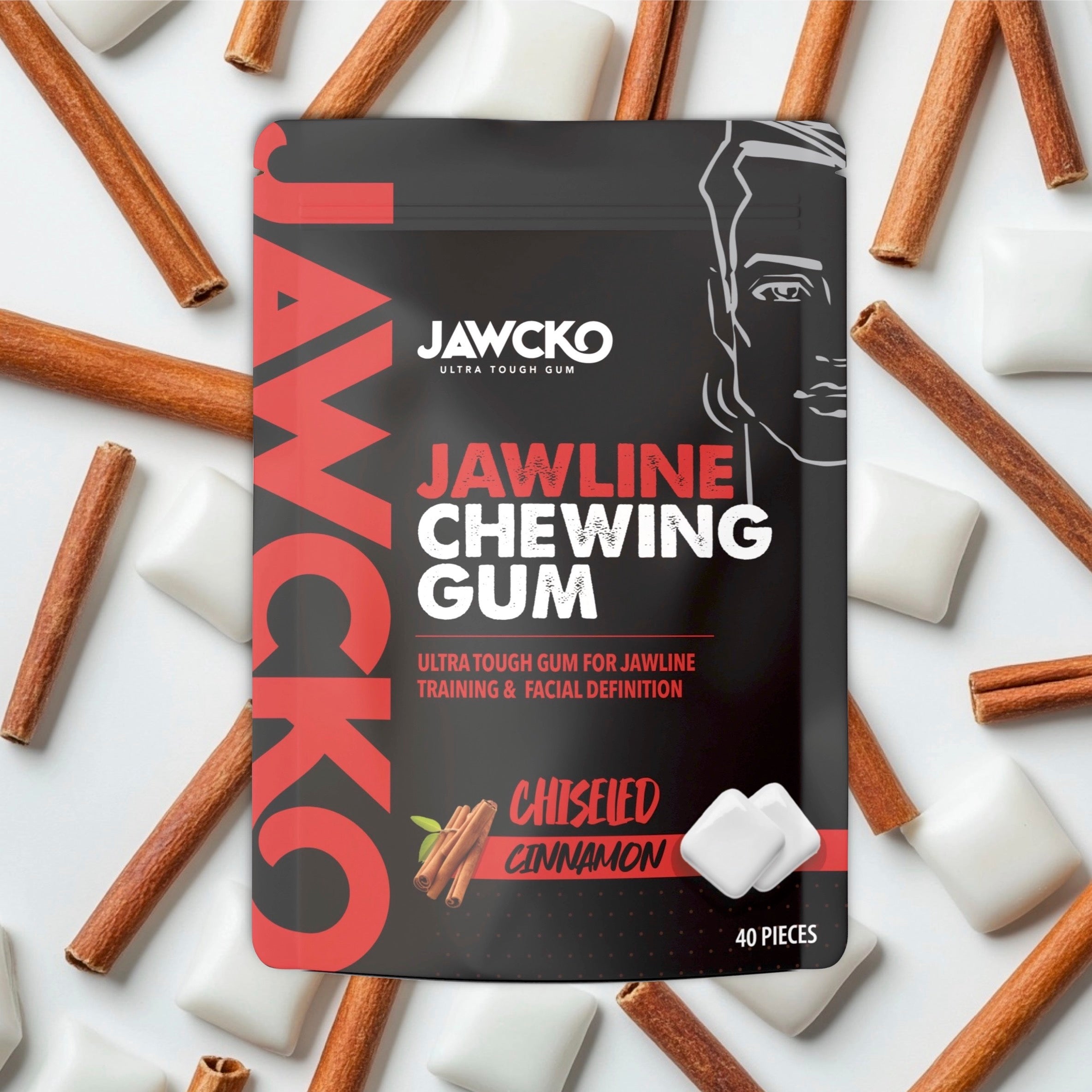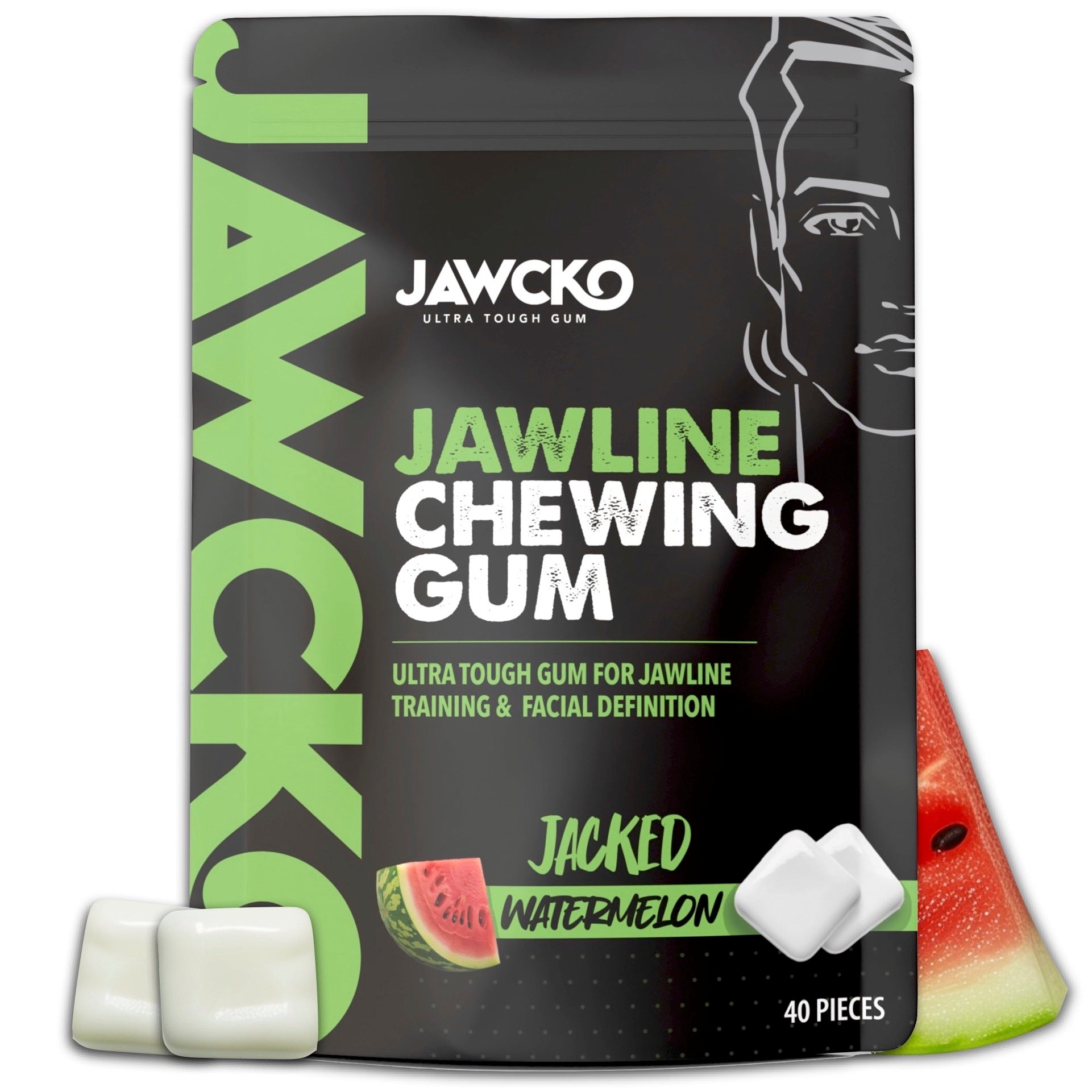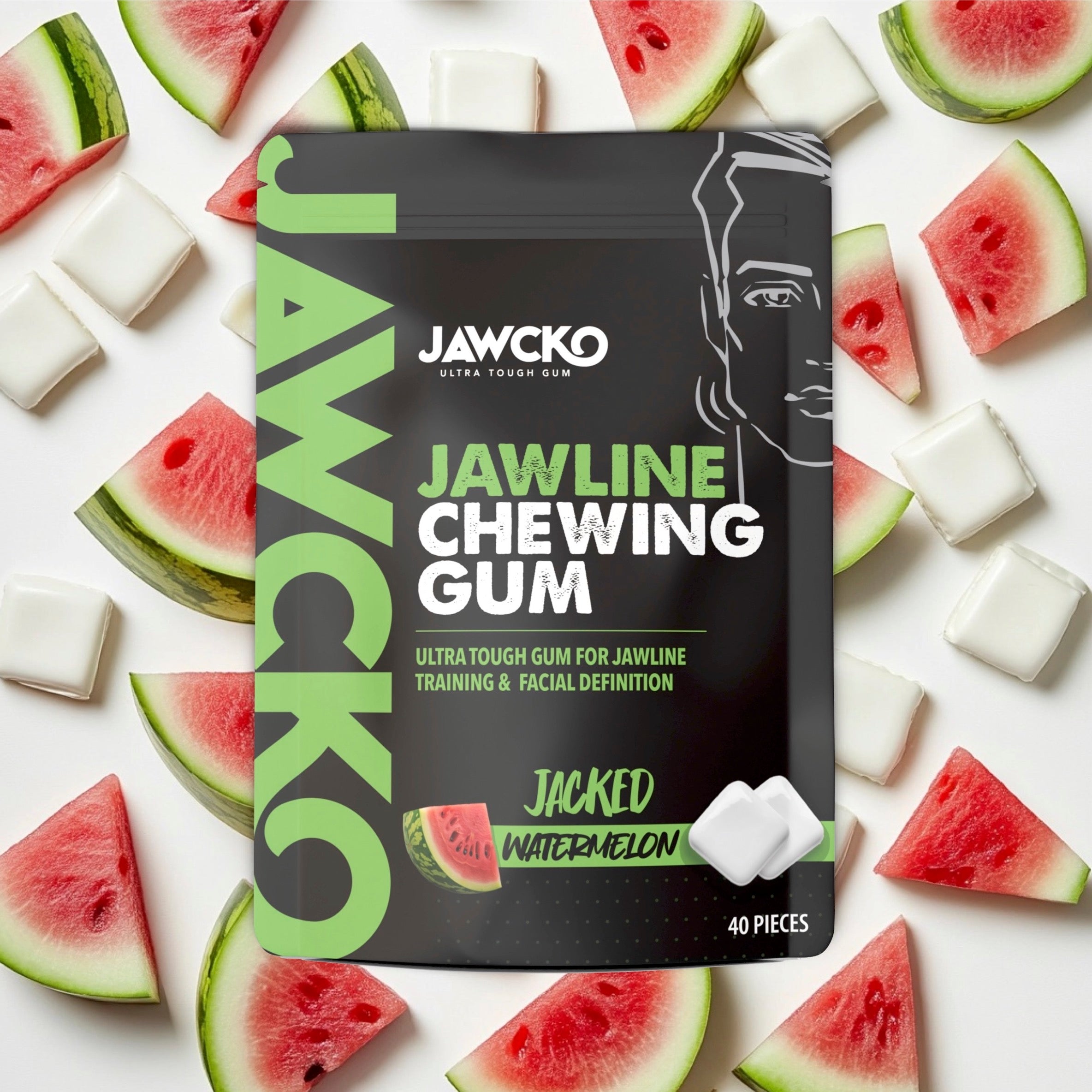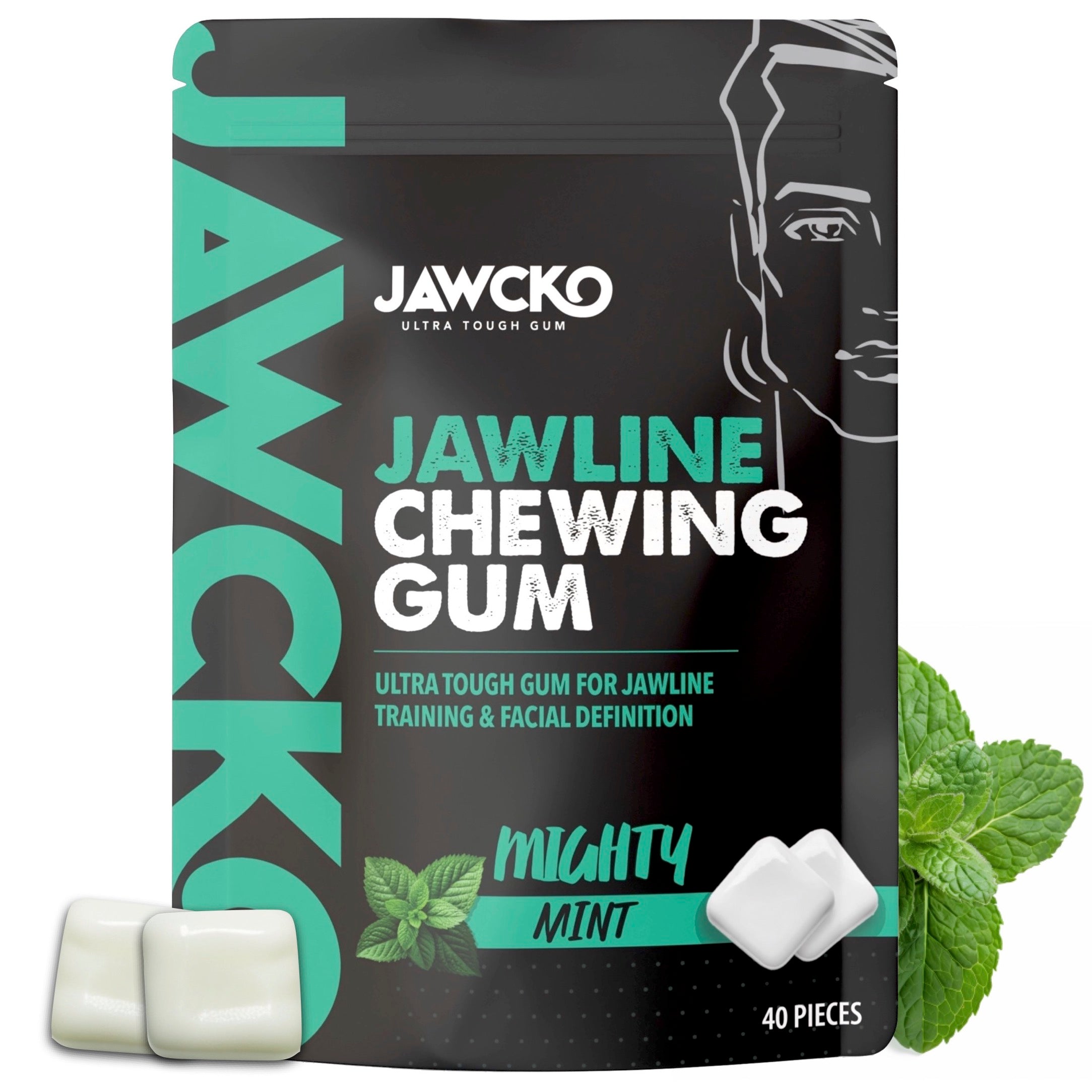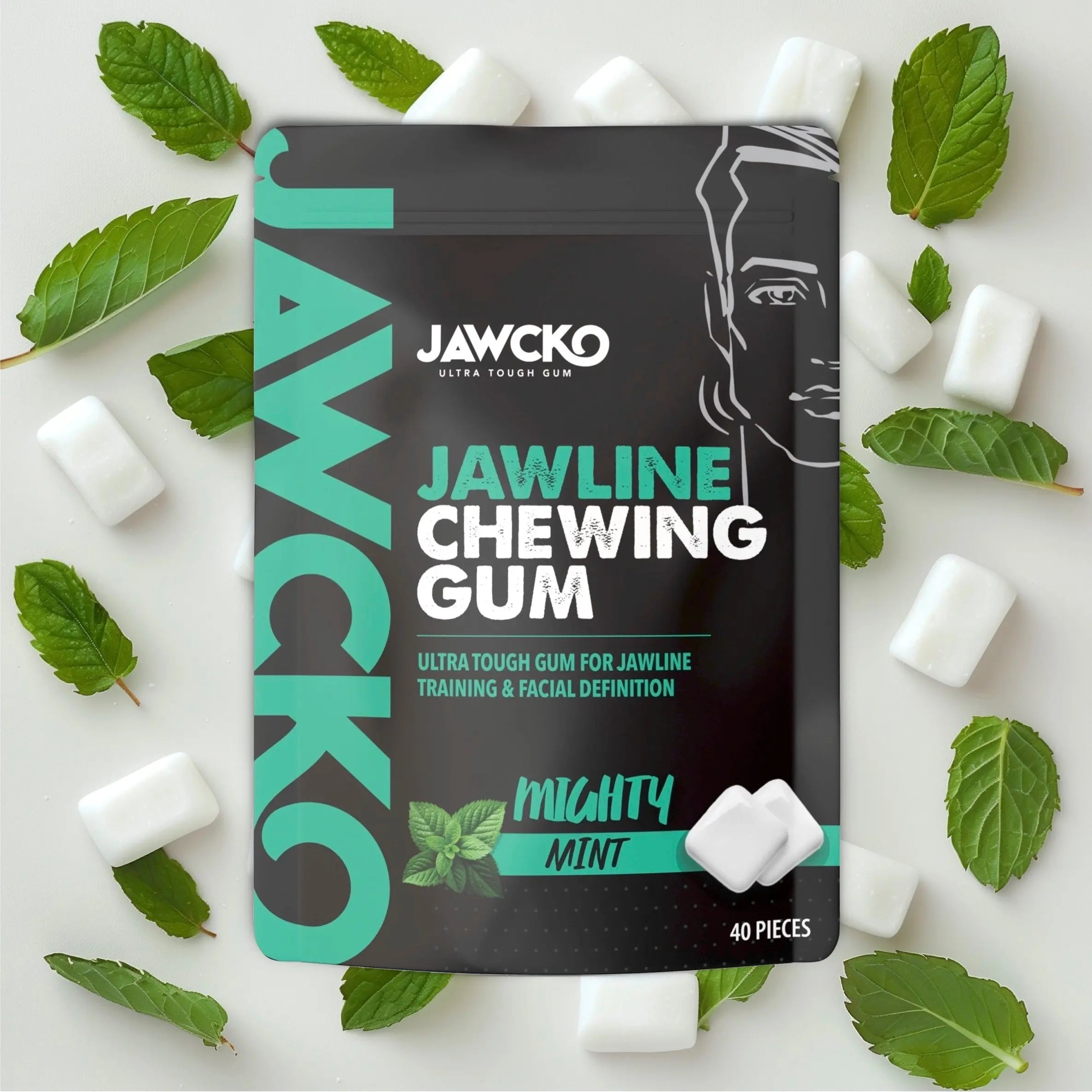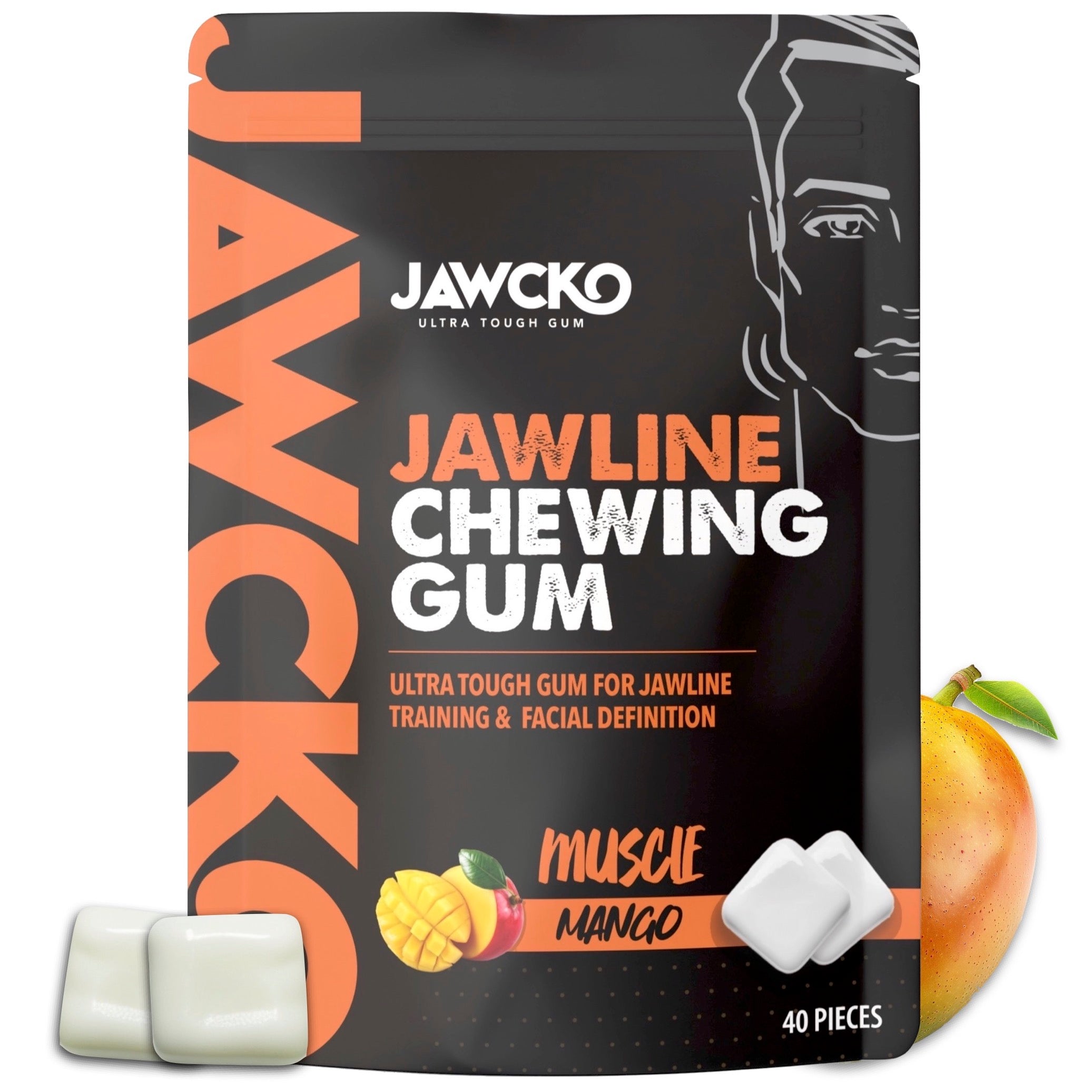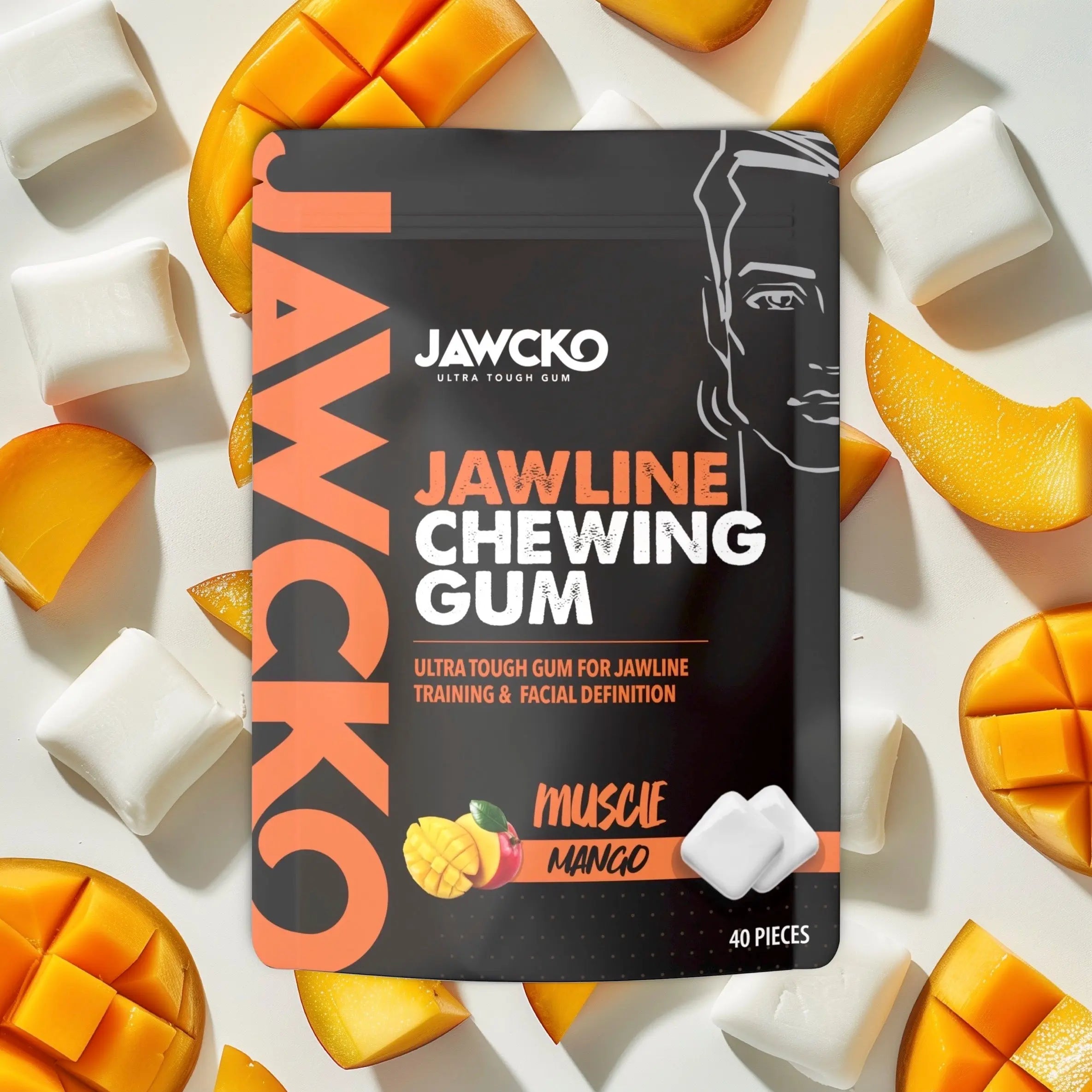
Mastic gum, derived from the resin of the mastic tree, has long been used for various health benefits, particularly in Mediterranean cultures. However, its use comes with certain concerns and potential side effects. For instance, while mastic gum is often employed to improve digestive health, some individuals may experience gastrointestinal discomfort, such as bloating, gas, or diarrhea, especially when consumed in large quantities. Additionally, those allergic to the mastic tree or related plants might suffer from allergic reactions, including itching, rash, or even respiratory issues. Hard chewing gum offers superior advantages due to its durability, resistance and accessibility.
Although chewing gum generally stimulates saliva production, which is beneficial for oral health, excessive chewing of mastic gum might wear down dental enamel or cause other dental issues if the gum is not sugar-free. There is also the possibility of mastic gum interacting with certain medications, particularly those affecting the gastrointestinal system or blood sugar levels, making it essential for users to consult a healthcare provider before using it, especially if they are on medication.

Mastic gum is a resin harvested from the mastic tree (Pistacia lentiscus), predominantly found in the Mediterranean region. The gum is collected by making incisions in the tree's bark, from which the resin exudes and solidifies into irregular, tear-shaped droplets. The grainy texture of mastic gum can be attributed to its natural formation. As it dries, mastic gum solidifies into small, granular pieces rather than forming a smooth, solid mass, resulting in crystal-like fragments that are often described as grainy or brittle. This texture is further influenced by its chemical composition, which includes a mixture of essential oils, terpenes, and other organic compounds. Since the resin does not undergo a refining process, it retains its natural, granular form, which initially feels brittle and grainy when chewed but eventually softens into a more cohesive, chewy mass.
However, the grainy texture of mastic gum can present some issues. The initial roughness may be off-putting for some people, as it doesn’t resemble conventional gum immediately and can feel rough or sandy in the mouth until it warms and softens through chewing. Additionally, when used in supplements, this grainy texture might complicate the formulation process, requiring extra steps to ensure consistency in capsules or powders.
When comparing mastic gum to hard chewing gum, several factors, such as texture, convenience, taste, and specific health needs, come into play. Regular gum is designed for a smooth, consistent chewing experience, being soft and pliable from the start, making it comfortable to chew without requiring a break-in period. In contrast, mastic gum starts hard and grainy, requiring time to soften, which can be an unpleasant experience for some people due to the extra effort required.

Flavor and variety also differ significantly between the two. Regular gum comes in a wide variety of flavors—mint, fruit, cinnamon, etc.—and many brands offer sugar-free options to cater to different preferences. Mastic gum, on the other hand, has a unique pine-like taste that may not appeal to everyone, and it usually does not come in the same variety of flavors as regular gum.
In terms of oral health benefits, sugar-free regular gum is often recommended because it helps stimulate saliva production, neutralize acids, reduce plaque buildup, and prevent tooth decay. Some regular gums are even enhanced with xylitol, which offers additional anti-cavity benefits. While mastic gum has some antibacterial properties, its dental benefits are less widely recognized or studied compared to sugar-free regular gum, and its hard, grainy texture might pose a risk to dental work like fillings or crowns.
Availability and cost are also important considerations. Regular gum is readily available in almost any grocery store, convenience store, or pharmacy and is typically inexpensive. Mastic gum, however, is harder to find, usually available only in health food stores or online, and it can be more expensive due to its natural, less mass-produced nature.
Potential health concerns also vary between the two. While some people avoid regular gum due to concerns about artificial sweeteners or other synthetic ingredients, these concerns are generally minimal for most consumers, especially with sugar-free varieties.
Ease of use is another factor where regular gum has an advantage, as it is easy to chew immediately without requiring any preparation. Mastic gum, in contrast, requires more effort to soften, which might be inconvenient, particularly for those looking for a quick, easy option.
Lastly, the purpose of each gum differs. Regular gum is typically used for freshening breath, reducing oral dryness, or simply as a habit, while mastic gum is often used for specific health benefits, such as improving digestive health or as part of traditional remedies. However, these benefits might not be necessary or desirable for everyone, making regular gum a more versatile and widely accepted option.


